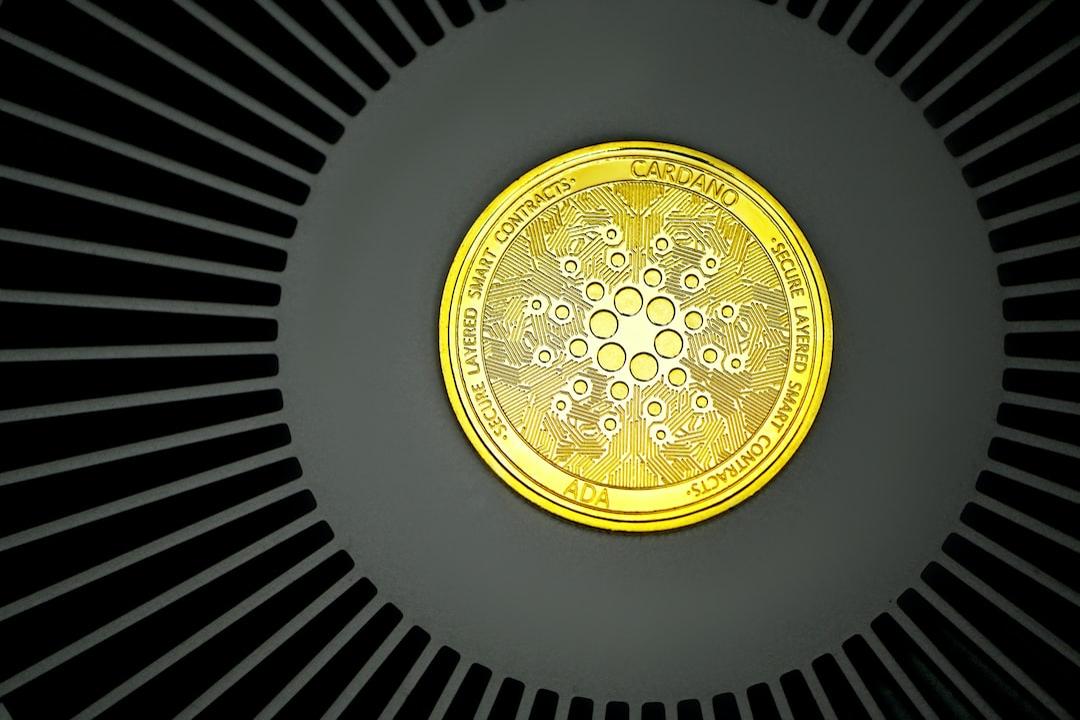When trading indicators appear flawless, it is precisely when we should remain most vigilant. This article will delve into the issues lurking behind the Glassnode Top-Bottom Detector from the perspective of strategy developers, guiding you on how to genuinely scrutinize the logic and credibility of a model.
(Background: The reason why I will never make breakout trades: The trap of liquidity hunting by market makers)
(Supplementary background: A must-read for spot diamond hands: An alternative landlord exit strategy)
TLDR
This article will introduce a top-bottom detector provided on the Glassnode website.
It will explain the obvious yet underappreciated flaws from the perspective of trading strategy development.
It will illustrate the correct way to evaluate trading strategies, indicators, and models.
Introduction to the BTC Top-Bottom Detector on Glassnode
On the on-chain data website Glassnode, there exists a BTC periodic top-bottom signal detector called “Cycle Change Detection Via Drilling Methods”.

As shown in the image above, the performance of this top-bottom detector appears quite good at first glance over the past three cycles, yet it harbors some critical issues.
We will discuss the problematic aspects later; for now, let’s introduce the design principles of this model.
The model primarily utilizes four concepts:
- Realized Price
It can be viewed as the average holding cost of BTC across the entire market. I have previously discussed this in detail, and you can refer to my earlier post (On-Chain Data Academy (I): Do you know what the average cost of BTC in the entire market is?). - Mayer Multiple
The Mayer Multiple is defined as the ratio of the Bitcoin price to the 200-day simple moving average, in other words, “Bitcoin Price / SMA(200)”, which measures how many times the current price is relative to MA(200). - PSIP (Percent Supply In Profit)
PSIP is defined as “the proportion of circulating BTC that is in a profit state”. I have also written in detail about this; you can check my previous tutorial (On-Chain Data Academy (V): How many people are actually profiting? Understanding the objective sentiment indicator PSIP!). - Correlation between Price and PSIP
Theoretically, the price and the trend of PSIP should be highly positively correlated; as the price rises, the proportion of profitable holdings should also increase. Thus, the original author believes that when the correlation between price and PSIP significantly decreases, it indicates extreme market sentiment.
Having understood these four concepts, let’s discuss how this model detects tops and bottoms.
Bottom Signal
A bottom signal occurs when the following two conditions are met:
- Price is below Realized Price
- The 7-day correlation between price and PSIP is below 0.75
Top Signal
A top signal occurs when the following two conditions are met:
- Mayer Multiple > 2.4
- The 7-day correlation between price and PSIP is below 0.75
Discussing Major Flaws in the Model from a Trading Strategy Development Perspective
Consider this:
If someone were to introduce you to this top-bottom detector using the above text, apart from its historical accuracy being high, the logic appears quite rigorous, leading you to decide to use this model to exit at the top in this cycle…
Most retail investors are persuaded this way, making it difficult to perceive the flaws at first glance.
Next, let’s discuss where the issues with this model lie.
Flaw One: The Parameter Has a “Carving a Boat to Catch a Fish” Problem
When I first saw this model, I asked myself a question: “Why is a correlation below 0.75 a warning?” Clearly, this parameter setup lacks a rationale. Given the brevity of BTC’s historical cycles (the sample size is severely insufficient), the flaw of “carving a boat to catch a fish” becomes evident.
Flaw Two: The Mayer Multiple Itself is a “Carving a Boat to Catch a Fish”
If the correlation between price and PSIP has some logical basis, then the Mayer Multiple is a prime example of “carving a boat to catch a fish”. Simply detecting tops and bottoms based on the price to SMA(200) ratio may seem effective historically, but the market conditions are changing year by year. Why must the Mayer Multiple be > 2.4 when the top appears in this bull market?
Flaw Three: The Filtering Effect of Correlation is Poor; Detection Strength for Tops and Bottoms is Weak
When I first saw the idea of “correlation between PSIP and price”, I was quite interested, so I quickly wrote a simple signal based solely on correlation using Glassnode to see how effective the filtering of PSIP and price correlation was.

As shown in the image above, I used “Price and PSIP correlation < 0.75" as a condition, and once met, it displayed a blue signal. Readers may have noticed that the frequency of blue signals is overwhelming...
Thus, correlation itself is indeed difficult to serve as a strong screening tool for detecting tops and bottoms, or it could be said that the parameter of 0.75 itself is problematic. If one were to force an explanation from the graph, the most one could conclude is that “the frequency of signals appearing increases as one approaches the top”, but the conclusion itself remains quite rigid.
Following this thought process, I simply removed the “correlation filter” in the model, leaving only the Realized Price for detecting bottoms and the Mayer Multiple for detecting tops as signals, obtaining the following simplified model signal chart:

Did you notice? The effect is almost identical.
Therefore, this chart directly verifies my previous assertion: the correlation filter has little effect.
Summary and Conclusion
The primary goal of this article is to allow readers to personally experience how to “objectively evaluate and examine” a trading strategy, model, or indicator from the perspective of professional trading strategy development.
I often emphasize and warn readers: “In this bull market, the existence of over 90% of top-exit indicators in the market will face a ruthless test.”
Having more top-exit indicators is not necessarily better; quantity is not the key point. The critical issue is whether the indicators behind them possess a scientifically logical narrative.
In the age of the internet, where information is exploding, one can find countless seemingly impressive theories everywhere. In such an environment, I believe the most important thing is to possess the ability to “think critically”.
Otherwise, dear readers, you can ask yourselves: If today I had only written the introduction of the model in the first paragraph, how many people would choose to believe it directly? After all, it sounds quite impressive, doesn’t it?
Additionally, I would like to mention that I personally believe there are more efficient indicators than Realized Price for bottom-fishing choices, as Realized Price considers the holdings of the entire market, including long-term inactive or lost BTC, which I believe lacks flexibility.
Below, I have created an image summarizing the key points of this article for your review:

That concludes today’s sharing; I hope it is helpful for all readers. Thank you for reading.


